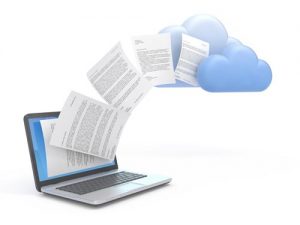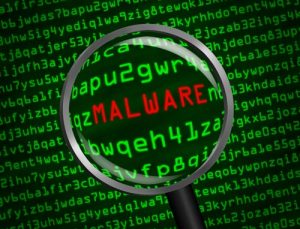The Dangers of File Sharing

by Michael Tan
File Sharing services have become very popular as they allow Internet users to share files with other people from computer to computer. File sharing is very widely used — if you’ve ever used DropBox, Google Drive, or Media Fire, you’ve file shared as well.
Sounds convenient and useful and fun right? File sharing has made the world run faster and better while also offering a plethora of other advantages, but there are also many hidden, potentially devastating risks. Here are a few:
1.) Risks at Installation: Even at the start, just downloading the software used to File Share can lead to malware or pups (potentially unwanted programs) being downloaded if you aren’t careful about what exactly you are downloading.
2.) Risks of Sharing: The files shared may include malware, ransomware, or other viruses. Make sure you can trust the source of the files that are being shared with you
3.) Vulnerability of Personal Info: Make sure you don’t share personal information unless you absolutely trust the person you are sharing to.
4.) Attacks: Even if trust is established, if your data is not properly secured, it can be stolen.
5.) Lack of encryption: In our current technological climate, hacking and data interception is common. Any data you share can be obtained if not properly encrypted.
Ways to protect yourself:

1.) Choose the correct software: While free software is often the easy choice, it is very seldom the correct one. Make sure you select a software that meets your needs. For our healthcare customers, this software must be one that is HIPAA compliant.

2.) Anti-malware: This will recognize most Malware on the spot and make sure it doesn’t infect your computer.

3.) Firewalls: Block malicious traffic before it can get to your computer.

4.) Be selective: Share only the data that is necessary. Share only with who you trust

5.) Strong password: Weak passwords on accounts are the quickest way in for a would-be thief. Ensuring your account is protected with a difficult password is and easy fix to many security problems. It should contain at least 8 characters, upper and lower case, numeric and special characters.
If you take the time and combine these 5 steps in your everyday file sharing you can sleep more comfortably at night knowing that your data is safe. Give it a try, take the time, your protected data will thank you.
Thanks for reading




